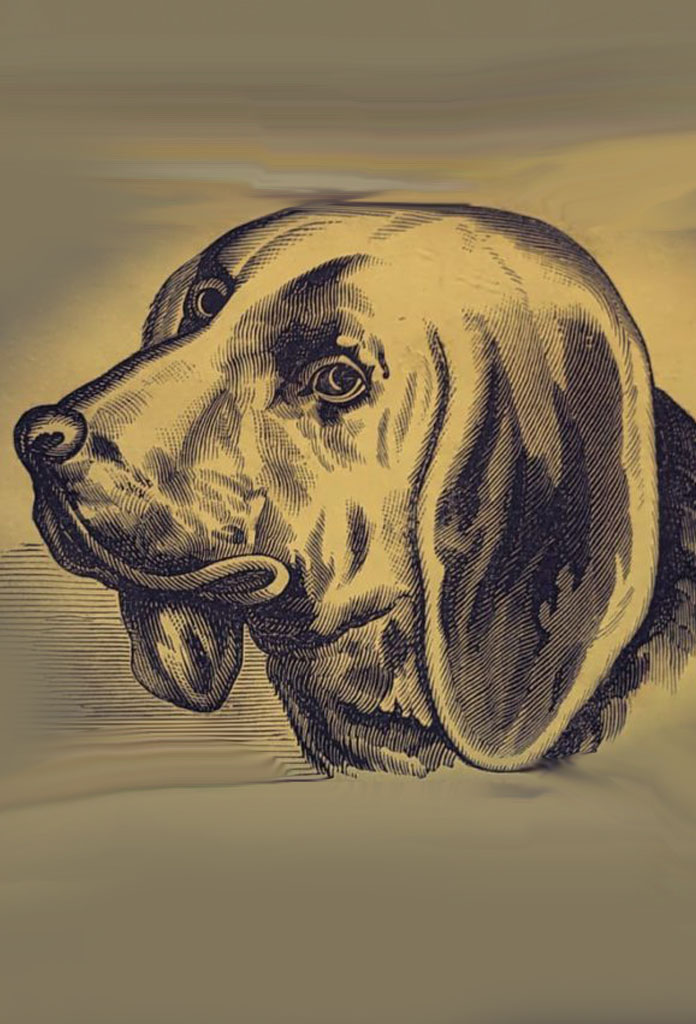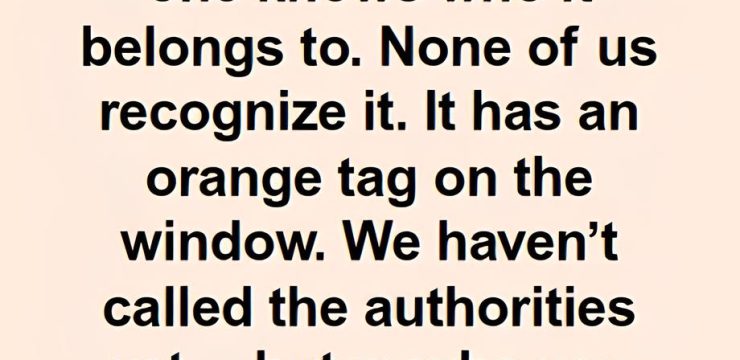Dogs are known to be creatures of habit, especially when their owners are away from home. Once they’ve settled into a routine, they tend to stick to it with remarkable consistency. If a household leaves each morning for work or school, their dog likely follows a predictable daily rhythm.

They might nap in their favorite spot for a while, then wander over to chew on a toy or maybe even the edge of the couch, enjoy their food, and then settle in for another snooze until someone finally returns home. This cycle becomes second nature to them over time and is something they come to rely on. Scientists and animal behavior experts have backed this up through years of observation and research. By placing surveillance cameras in homes, researchers have been able to track what dogs do when left alone.
Unsurprisingly, the footage usually reveals dogs following their usual patterns, sticking to their daily rituals almost like clockwork. These studies show how adaptable dogs are to the routines of the humans they live with and how they find ways to entertain or comfort themselves while waiting for their family to come back. This brings us to a fascinating image that has recently sparked curiosity online. In the photo, we see a dog named Oska who appears to be feeling down.
His expression suggests sadness, possibly because he just woke up to discover that his beloved owner isn’t around. His posture and the look on his face seem to tell the story of a lonely dog missing his person. But what if that story isn’t quite what it seems? What if the owner never actually left the room? What if Oska’s human is right there in the photo, hiding in plain sight? That’s right—this image is more than just a photo of a sad dog. It’s actually a cleverly designed optical illusion meant to challenge the viewer’s observation skills and perception. Can you find Oska’s owner hidden somewhere in the image? If you can spot them without any hints, give yourself some credit—your imagination and attention to detail are on point. But if you’ve been staring and still can’t figure it out, don’t worry. That’s the beauty of illusions like this one—they’re meant to trick your brain, make you look twice, and push you to think differently.
It’s not always about what you see at first glance but about how willing you are to challenge your assumptions and explore what else might be there. These types of visual puzzles work because our brains often try to interpret images based on patterns we already know. If you see a room with a dog, your brain automatically expects certain things and might ignore elements that don’t immediately fit into that mental picture. That’s why even when the answer is right in front of us, we sometimes completely miss it. It’s a reminder of how powerful and yet how limited our perception can be. The illusion in this photo is crafted in a way that forces us to slow down and truly examine the details, rather than just glancing and assuming we’ve seen it all. Finding the hidden owner in this image is more than just a fun game—it’s a way to test how you process visual information. It encourages you to shift your perspective, maybe tilt your screen or change the lighting, and look at the image from a different angle. It’s all about training your brain to see beyond the obvious and consider what might be hidden just beneath the surface. So, have you found Oska’s owner yet? If not, don’t feel discouraged. Many people miss it the first few times. That’s what makes the illusion so effective and satisfying once you finally crack it. And when you do find the hidden figure, that moment of realization feels like solving a mini mystery—it’s both surprising and rewarding. Optical illusions like this remind us that things aren’t always what they seem, and sometimes we have to look past our initial assumptions to find the full picture. Whether or not you spotted the hidden owner right away, the important takeaway is that your mind is open, curious, and ready to think outside the box—and that’s a skill worth celebrating.





